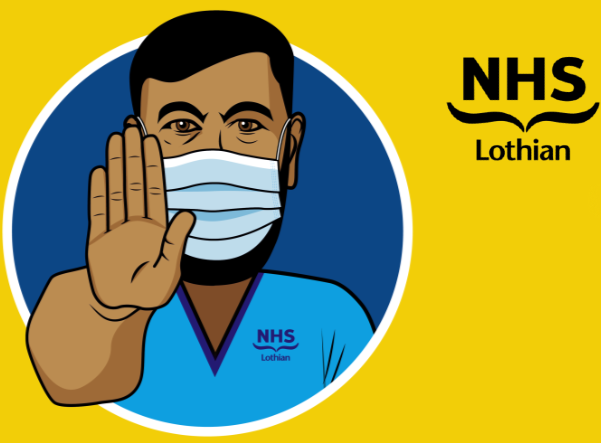Bottle feeding is primarily used to offer a baby formula milk but may also be used for babies receiving expressed breast milk; for example if a mother chooses not to breastfeed but wishes her baby to have breast milk, or if a baby is an established breast feeder but baby’s mother is not available to offer a breast feed.
All babies whether breast or bottle feeding, have to extract milk from the breast or teat, and then swallow it at the same time as not taking a breath. If they were to breathe at the same time as swallowing they would inhale the milk and have difficulty with breathing. The technique used by a baby to feed from a bottle is different to a baby feeding from the breast. Because the milk flow from a teat is less controlled than from the breast, babies who bottle feed will be offered a suck feed later (when they are more mature) than if they were breast feeding. You will realise feeding is a complicated activity for a baby to learn, so when preterm babies start to suck feed , they are observed closely to see that they are able to feed safely.
Babies feed best when their heart rate and breathing are stable, when they are awake and quiet, and when they show interest in sucking, that is they root, open their mouth when lips are touched and suck actively on a finger or dummy. There are some little exercises that you can do with your baby to encourage them to get ready for a feed. Circling the lips with your fingers and stroking baby’s chin can get them ready for feeding. Letting your baby suck on a dummy whilst they are in their cot or during a nasogastric tube feed is also beneficial as it allows them to practice their sucking, this is called non-nutritive sucking.
A well baby, born at term is often fed lying cradled in his parent’s/carer’s arms. This allows parent and baby to look closely at each other and develop a loving bond. However this position may be difficult for preterm babies and therefore other positions are used.
Positioning your preterm baby for a feed
- Upright – Sit your baby in an upright position on your knees facing you. If you are right handed use your left hand to support baby’s head and shoulders. This allows your right hand to hold the bottle in baby’s mouth. Some babies may benefit from some extra chin and cheek support. This can be a little tricky but the nursing staff will be able to show you how to do this. This upright position can help your baby stay more alert, allow you to maintain eye contact with him and also holds his head and neck in alignment.
- Side-lying bottle feeds – Position yourself comfortably with your knees together creating a ‘lap’, ideally your feet should be on a foot stool creating an elevated position. A pillow can be used for extra comfort if required. Place your baby on your lap on his side, his head should be at your knees with his legs towards you. Your baby’s neck and spine should be in a natural straight alignment and his hips should be flexed. Your baby is supported on your lap or the pillow rather than being held. When the bottle is introduced into your baby’s mouth, you must make sure that the teat has milk in it at all times. It is easier for a baby in this position to suck from the bottle when he wants to and not have the milk continuously dripped in to his mouth as with traditional bottle feeds.
Please ask the nurses looking after your baby to help you find the best feeding position you and your baby.














